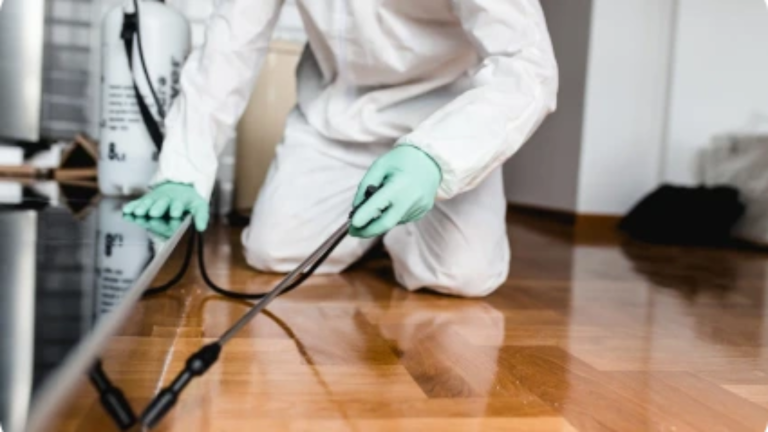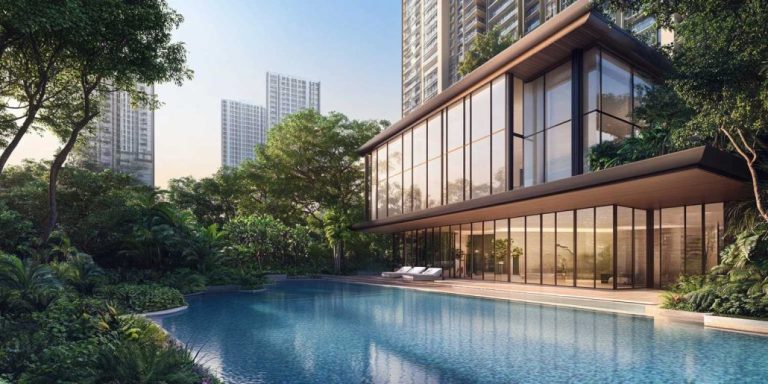
Water damage is one of the most prevalent and costly issues homeowners face. Among the various causes, leaky and burst pipes are the most common culprits. These plumbing issues can result in extensive property damage, mold growth, and expensive repairs. Whether caused by aging pipes, freezing temperatures, or high water pressure, pipe-related water damage demands immediate attention. If left unaddressed, even minor leaks can escalate into significant structural problems, requiring water damage repair in Atlanta services to restore the property efficiently.
Understanding the Causes of Leaky and Burst Pipes
Several factors contribute to pipe leaks and bursts. Understanding these causes can help homeowners take preventive measures and reduce the risk of water damage.
1. Aging and Corroded Pipes
Pipes deteriorate over time, leading to leaks and eventual bursts. Older homes with galvanized steel or copper pipes are more susceptible to corrosion, weakening the pipe walls and increasing the likelihood of leaks.
2. Freezing Temperatures
During winter, water inside pipes can freeze, expanding in volume and exerting pressure on the pipe walls. This can cause the pipes to crack or burst, leading to sudden and severe water damage.
3. High Water Pressure
Excessively high water pressure can strain pipes, causing them to develop small leaks over time. If left unchecked, this pressure can result in a sudden pipe burst, flooding the affected area.
4. Clogged Pipes
Blockages from grease, debris, or mineral buildup can create pressure inside pipes, increasing the chances of leaks or bursts. In severe cases, the obstruction may cause wastewater to back up, compounding the damage.
Signs of Leaky or Burst Pipes
Recognizing the warning signs of pipe damage can help homeowners address issues before they escalate. Common indicators include:
- Unexplained increases in water bills
- Water stains on walls or ceilings
- Damp or musty odors
- Decreased water pressure
- Unusual sounds like hissing or dripping from walls
If any of these signs appear, it is crucial to act quickly to prevent further damage. Taking immediate steps when a flood occurs can significantly reduce property loss and repair costs.
Preventing Water Damage from Pipes
While water damage cannot always be avoided, homeowners can take proactive steps to minimize risks.
1. Regular Plumbing Inspections
Scheduling routine plumbing inspections can help identify potential issues before they become major problems. A professional can detect small leaks, corrosion, or weak spots in the plumbing system.
2. Insulating Pipes
Insulating pipes in colder climates can prevent freezing and bursting. Pipe insulation is a cost-effective way to protect exposed plumbing in basements, crawl spaces, and exterior walls.
3. Monitoring Water Pressure
Installing a pressure regulator ensures that household water pressure remains within safe limits, reducing strain on pipes. Keeping the pressure between 40-60 psi can extend the lifespan of the plumbing system.
4. Addressing Leaks Immediately
Even minor leaks should be fixed promptly to prevent long-term damage. Ignoring a small drip can lead to mold growth, weakened structures, and costly repairs down the line.
Conclusion
Leaky and burst pipes are a significant source of water damage in homes. Understanding their causes, recognizing warning signs, and implementing preventive measures can help homeowners mitigate risks. When water damage does occur, acting quickly is essential to minimize destruction and restoration costs. Proper maintenance and awareness can go a long way in preserving a home’s structural integrity and preventing costly repairs.











